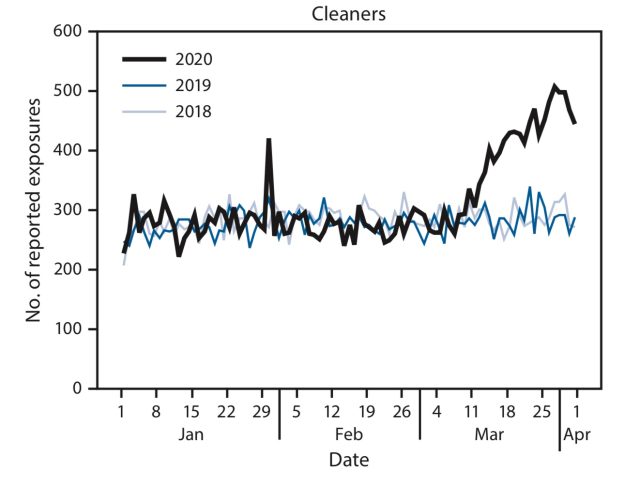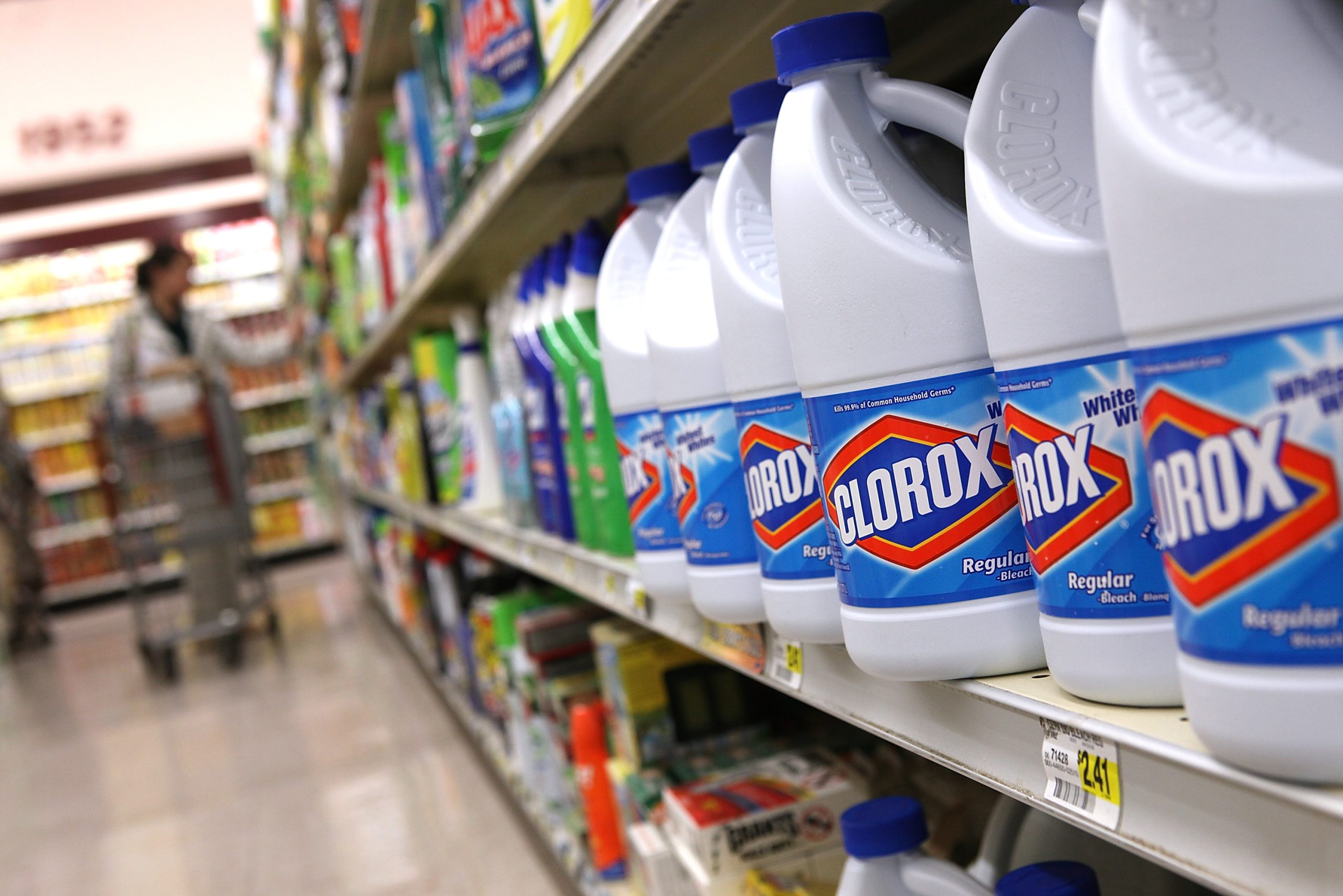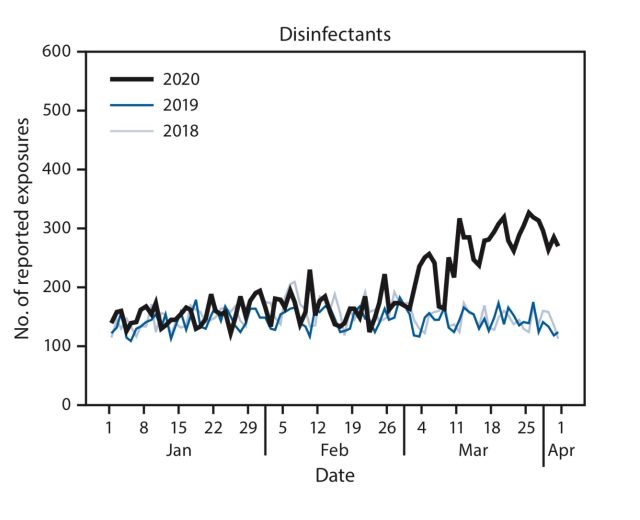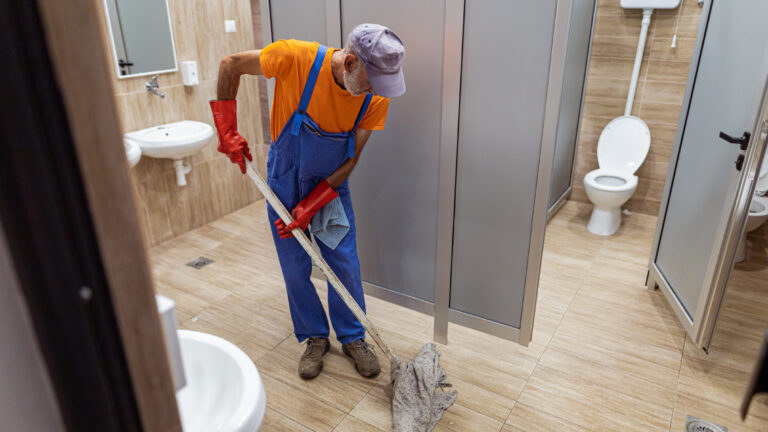From adults creating chlorine gas in their kitchens to toddlers guzzling hand sanitizer, Americans seem to be inadvertently poisoning themselves as they try to defend against the new coronavirus, SARS-CoV-2.
Since the beginning of March—as the COVID-19 pandemic began raging in the US—calls to poison control centers nationwide “increased sharply,” according a new study led by researchers at the Centers for Disease Control and Prevention.
Although researchers cannot directly link pandemic preparedness to the poison control calls, “the timing of these reported exposures corresponded to increased media coverage of the COVID-19 pandemic, reports of consumer shortages of cleaning and disinfection products, and the beginning of some local and state stay-at-home orders,” the researchers write.
In their study—published in the CDC’s Morbidity and Mortality Weekly Report—the researchers compared calls made to 55 poison control centers in the United States between January and March of 2020, 2019, and 2018.

In 2020, calls about exposures to cleaning and disinfecting products jumped 20 percent and 16 percent over the same three-month periods in 2019 and 2018, respectively. Those increases largely spanned March, as the pandemic picked up.
While all age groups seemed to be affected by the pandemic-linked poisonings about equally, young children (aged 1 to 5) tend to have the most exposures overall.
The increase in poisoning calls were due to increased exposures to bleach, non-alcohol disinfectants, and hand sanitizers—things people may use to kill SARS-CoV-2. As for exposure routes, inhalation poisonings had also increased from earlier years, according to the data.
To illustrate the concerns of COVID-19-linked poisoning, the researchers highlighted two cases. One was of an adult woman who had heard a news report that consumers should clean recently purchased grocery items. She filled her kitchen sink with a dangerous mix of 10 percent bleach, vinegar, and hot water to soak her produce, which created toxic chlorine gas.



 Loading comments...
Loading comments...
